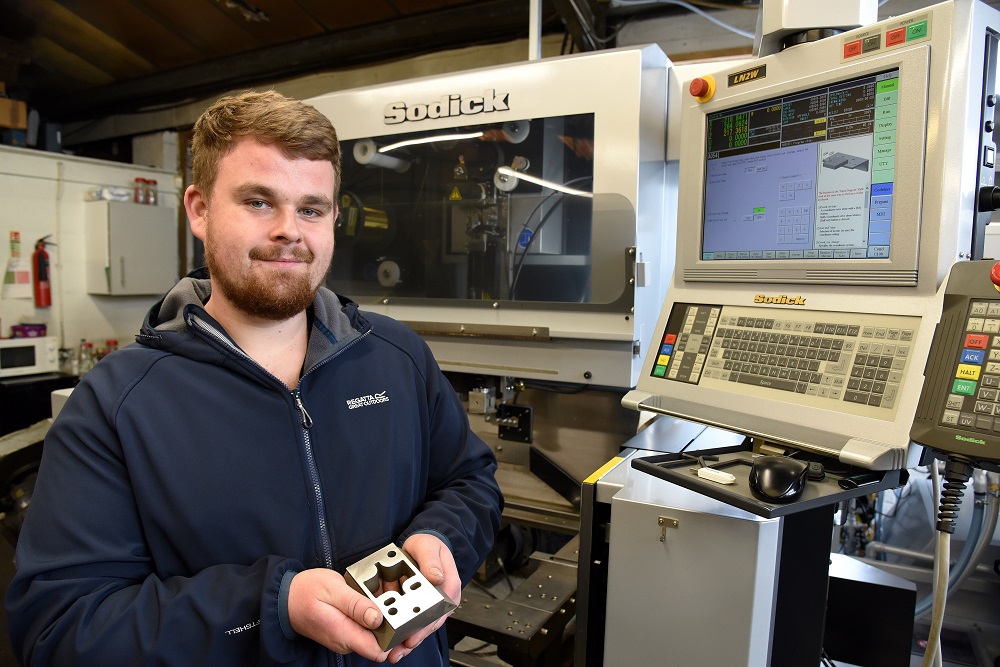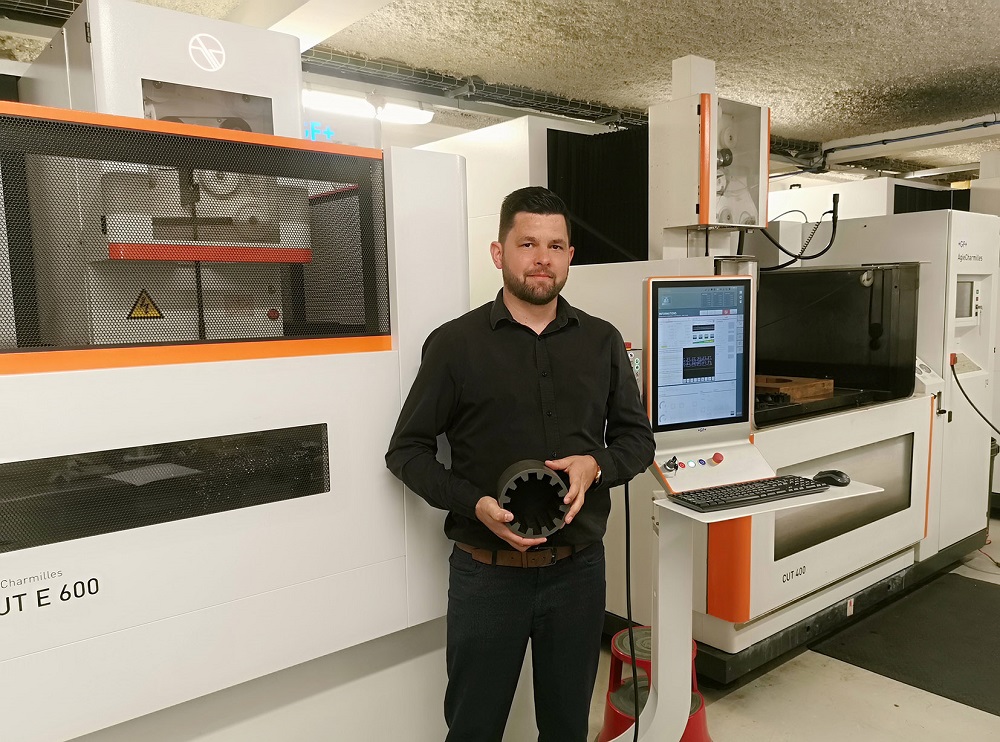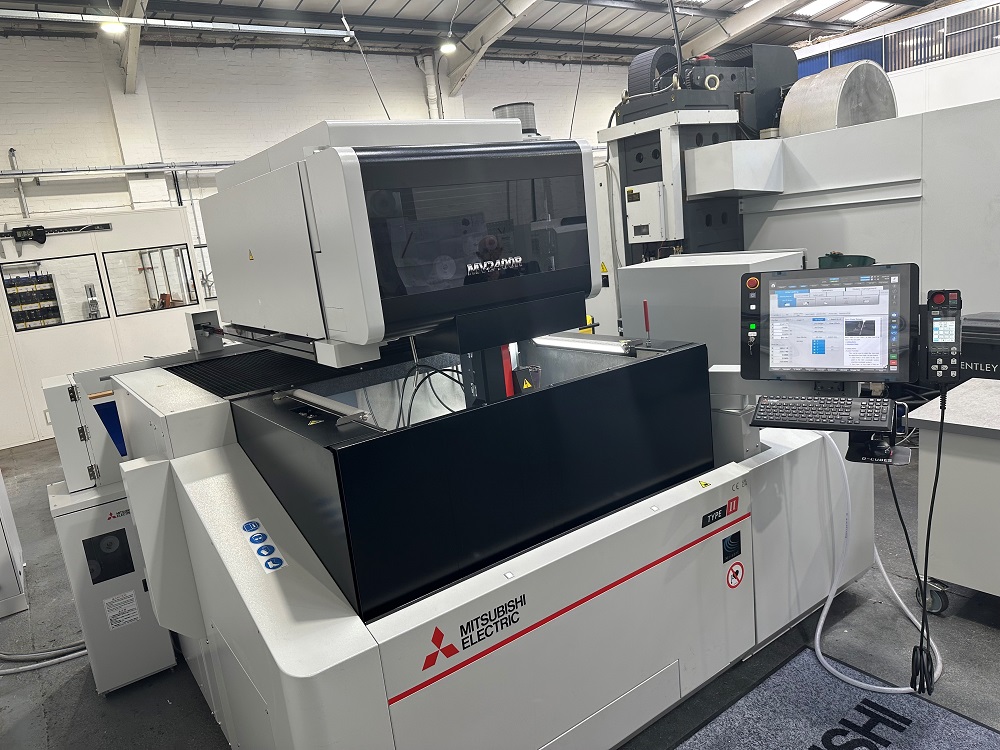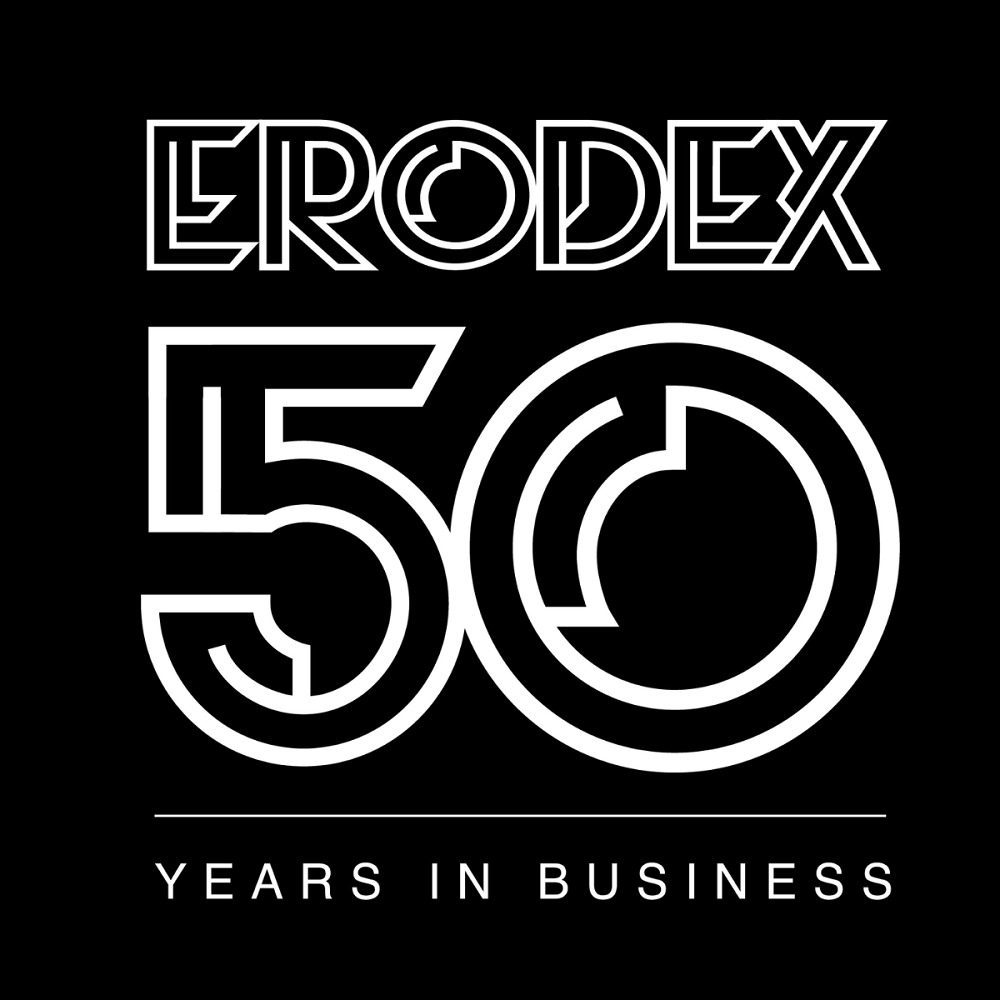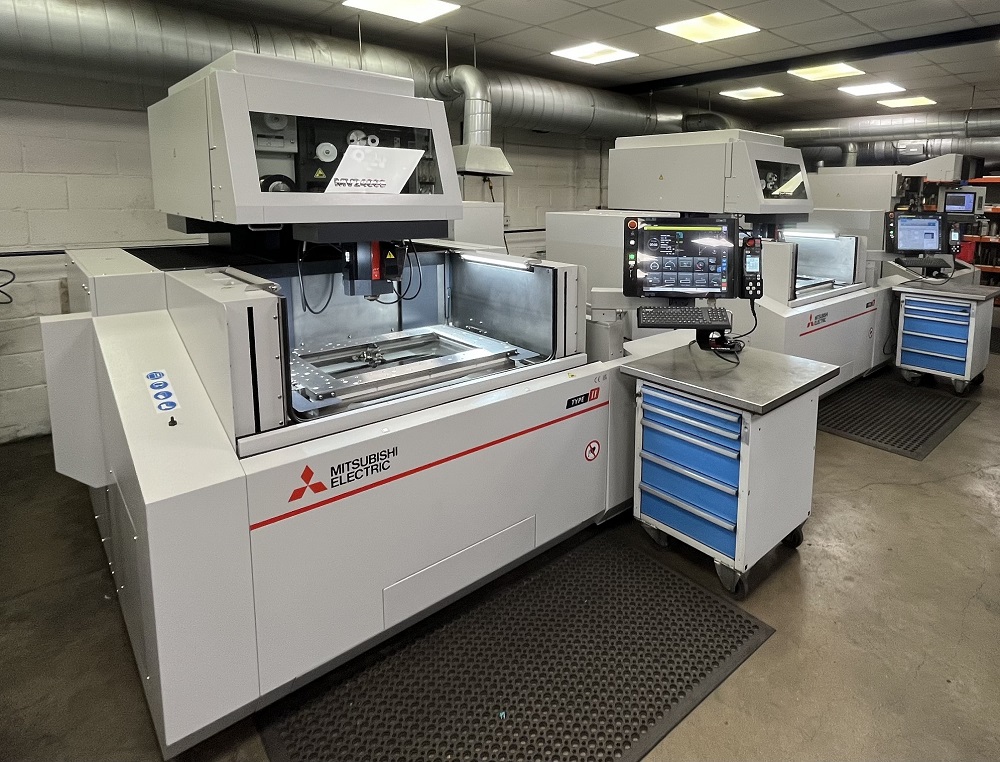Supplying the demanding Formula One industry is not something that every subcontract manufacturer can achieve, but Premier Precision Tooling has been working with Formula One teams and their related supply chains for more than 20 years. To service this fast-paced and highly demanding sector for two decades is a challenge the company relishes – something simplified and streamlined by the application of Mitsubishi EDM machines from the Engineering Technology Group (ETG).
As one of the UK’s leading providers of subcontract EDM services, the Waterlooville-based company also works with clients in the wider motorsport arena, as well as those in sectors such as aerospace, marine, oil and gas, medical and toolmaking. To deliver impeccable quality, precision and service levels, Premier Precision Tooling has invested in a wide variety of Mitsubishi wire- and spark-erosion machines down the years with a plant list that includes MV1200S, MV1200R, MV2400S and MV4800S wire EDMs, EA12S and EA12D die-sink machines, and an ED24 EDM hole drill.
Adding to this list, the ISO9001-accredited company installed two new MV2400S wire-erosion machines in November 2022. Discussing why the company has committed to Mitsubishi machine tools, Chris Arnold, one of three directors at Premier Precision Tooling says: “The company opened for business in 1997 and we had our first Mitsubishi EDM machine from the start. We started with the Mitsubishi CX20 wire EDM, followed by a second machine before we grew our business and moved to the second- and third-generation Mitsubishi FX20 and FA20 wire machines. Up until 2010, we bought a multitude of these machines as the quality, reliability and service was exceptional. In 2010, we bought our first machine of the fourth generation, the MV1200S, which was a huge leap forward in technology.”
The company operates several machining centres with a comprehensive plant list in the inspection department, but it is the Mitsubishi EDM machines that dominate the landscape at Premier Precision Tooling. The eight-employee business uses its EDM machines to manufacture anything from prototypes and small batches, through to production runs upwards of 2000-off. Parts can include anything from shims, tools, jigs, fixtures and gearbox components for the Formula One market, through to splines and keyways for aerospace engine components. The company has the facility to machine multiple parts in a single set-up from materials as diverse as copper, aluminium, titanium, carbide, steel and many more.
“75% of our workload is wire EDM, another 15% is spark erosion and we have a small percentage of milling; it’s a mix that is uncommon in most machine shops, but it’s where our expertise lies,” explains Arnold. “Our Mitsubishi machines will run unmanned overnight and, when we are busy, they will run 24/7 with just two operators working across seven wire EDMs. This is the advantage of investing in high-end technology from a supplier like Mitsubishi.”
Looking at the first MV1200S machine that arrived in 2010, Arnold adds: “Compared with its predecessors, the machine was a staggering shift in technology. The MV series took us from a 32-bit architecture to a Windows platform, the generators were far more powerful and the cutting speeds were much faster, making the machine more economical for our business. So much so, that we bought a second machine only a few months later. From that point, we’ve gradually replaced all our second and third-generation machines with the MV series.”
The two new MV2400S machines have replaced two older Mitsubishi BA24 machines that were both 15 years old. Although the older machines still performed very well, their ability to run reliably unmanned was not particularly high due to the age of the technology and the precision of the automatic wire re-threading feature. With the new MV2400S machines, Premier Precision Tooling can now run unmanned for an entire weekend in some instances. On the larger MV4800S, the company can load a 20 kg wire spool and run for 55 hours without intervention.
Confirming the benefits of the new MV2400S installations, Arnold says: “The new MV machines are at least 25% faster than the previous BA24 series and the auto wire re-feed is 100% precise and reliable for prolonged unmanned running, which was an issue with the previous machines. As a company that can run 24/7 when we’re busy, maximum uptime is of critical importance to our business.”
Equally important is the economic benefits of the new technology. With energy and consumable costs climbing, every business has to be conscious of this factor. Thankfully, the new machines are at least 15% more energy efficient, as the more powerful generators can cut faster with less power required. Additionally, the machines use less wire, despite cutting faster. For example, a 10 kg reel of wire can last for 30 hours at Premier Precision Tooling and cost up to £130 to £150. If the company can reduce wire consumption by 15% and run faster, it becomes a major cost saving, especially when running seven wire machines, often around the clock.
Looking at the technology behind the new touchscreen CNC panel on the latest generation Mitsubishi MV2400S, Arnold says: “The touchscreen control and intuitive software functions are making a huge difference to our programming times, and we’re only scratching the surface. The programs are easy to create and edit. As a company that has had Mitsubishi machines for more than 20 years, we can be somewhat set in our ways.”
He continues: “We’re continually learning new features and functions, and realising the benefits we can reap from the machines. Additionally, we’ve known the team from ETG for over 20 years and they are there to offer us support and guidance as we evolve to the next generation of technology. We wouldn’t go anywhere else for our EDM machines and we’ll continue to equip our business with the latest technology as we move forward.”
For further information www.engtechgroup.com






